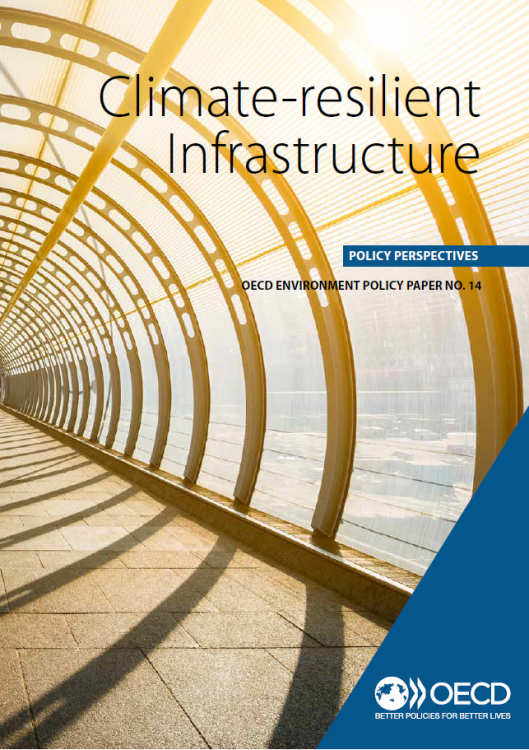Kami menggunakan cookies untuk membuat pengalaman Anda lebih baik. Untuk mematuhi petunjuk e-Pribadi yang baru, kami perlu meminta persetujuan Anda untuk menyetel cookies. Pelajari lebih lanjut .
Climate-resilient infrastructure
This report highlights emerging good practices and remaining challenges across OECD and G20 countries. It provides non-prescriptive guidance to countries as they seek to enhance resilience in line with their national circumstances and priorities.
- Baca | Unduh PDF
- Climate-resilient infrastructure
Infrastructure networks will be affected by the physical impacts of climate variability and change, but will also play an essential role in building resilience to those impacts. Extreme events illustrate the extent of this potential exposure. For example, OECD modelling of the potential impacts of a major flood in Paris found that 30% to 55% of the direct flood damages would be suffered by the infrastructure sector, while 35% to 85% of business losses were caused by disruption to the transportation and electricity supply and not by the flood itself. Ensuring that infrastructure is climate resilient will help to reduce direct losses and reduce the indirect costs of disruption.
New infrastructure assets should be prioritised, planned, designed, built and operated to account for the climate changes that may occur over their lifetimes. Existing infrastructure may need to be retrofitted, or managed differently, given climate change. Lastly, additional infrastructure, such as sea walls, will need to be constructed to address the physical impacts of climate change. This additional infrastructure can include traditional infrastructure, such as hard defences and other engineered solutions, as well as natural infrastructure, such as wetlands and other nature-based solutions.
A wide range of actors, both in the public and private sectors, are taking action to strengthen climateresilience. This report highlights emerging good practices and remaining challenges across OECD and G20 countries. It provides non-prescriptive guidance to countries as they seek to enhance resilience in line with their national circumstances and priorities.

